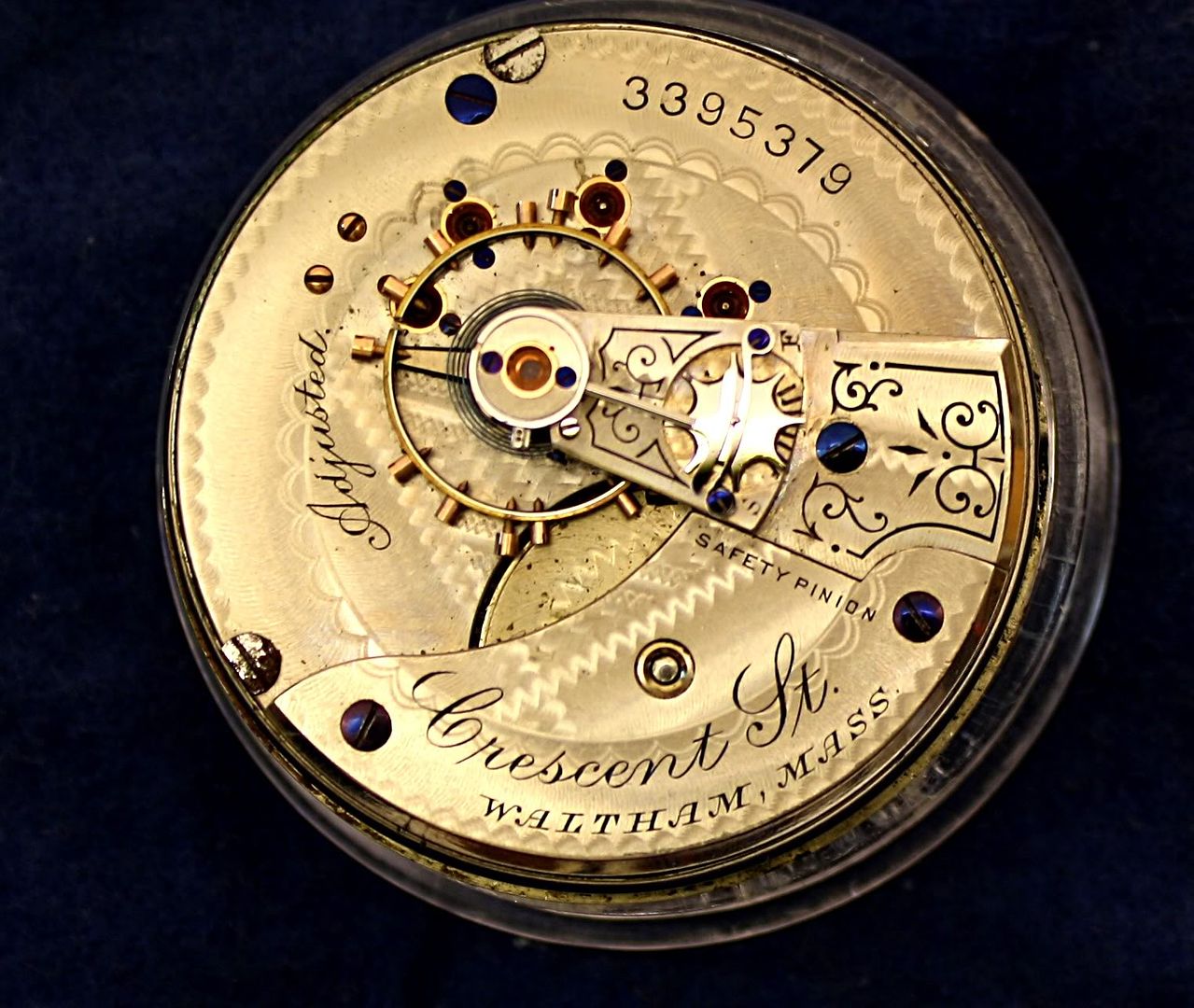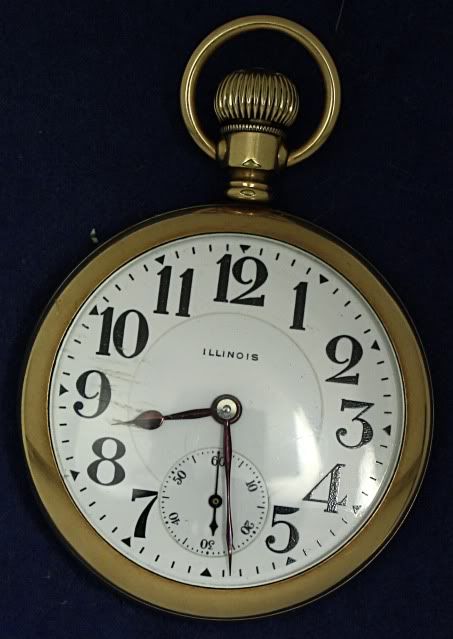quote:
Originally posted by OGR Webmaster:
As I said in a previous post, the only pocket watches I currently have run on batteries. And they are all dead!
If I wanted to buy a good #16 size pocket watch, where should I look and what should I be prepared to spend?
Rich,
Ebay is a great source for watches, but you need to be careful. As a general rule, if the seller is a member of NAWCC you can feel confident in your purchase. The sellers feedback is also a good indicator.
If you want a really good 16s, the 21 jewel Bunn Special is a good choice. The Bunn Special is adjusted to Heat, Cold, Isochronism, and 6 positions, the 6th position being bow down. The Ball Standards did not originally have the 6th position for that adjustment, but the Bunn Special was designed for that position anyway.
They really are nice watches. On Ebay, there are plenty to choose from in all states of condition. A good running Bunn Special is a decent case with very little or no brassing will set you back about $300 or less if you catch the right auction.
There are always some fine 19 jewel watches available right now at a descent price. ($150 - $200).
Hope you get a nice "wind up" and kick the "battery" habit.
Larry
Forgot to mention that pawn shops are a descent source for pocket watches, but you need to do your homework before going down that road. If you develop more than a passing interest in RR pocket watches, membership in the NAWCC is a good investment.






























